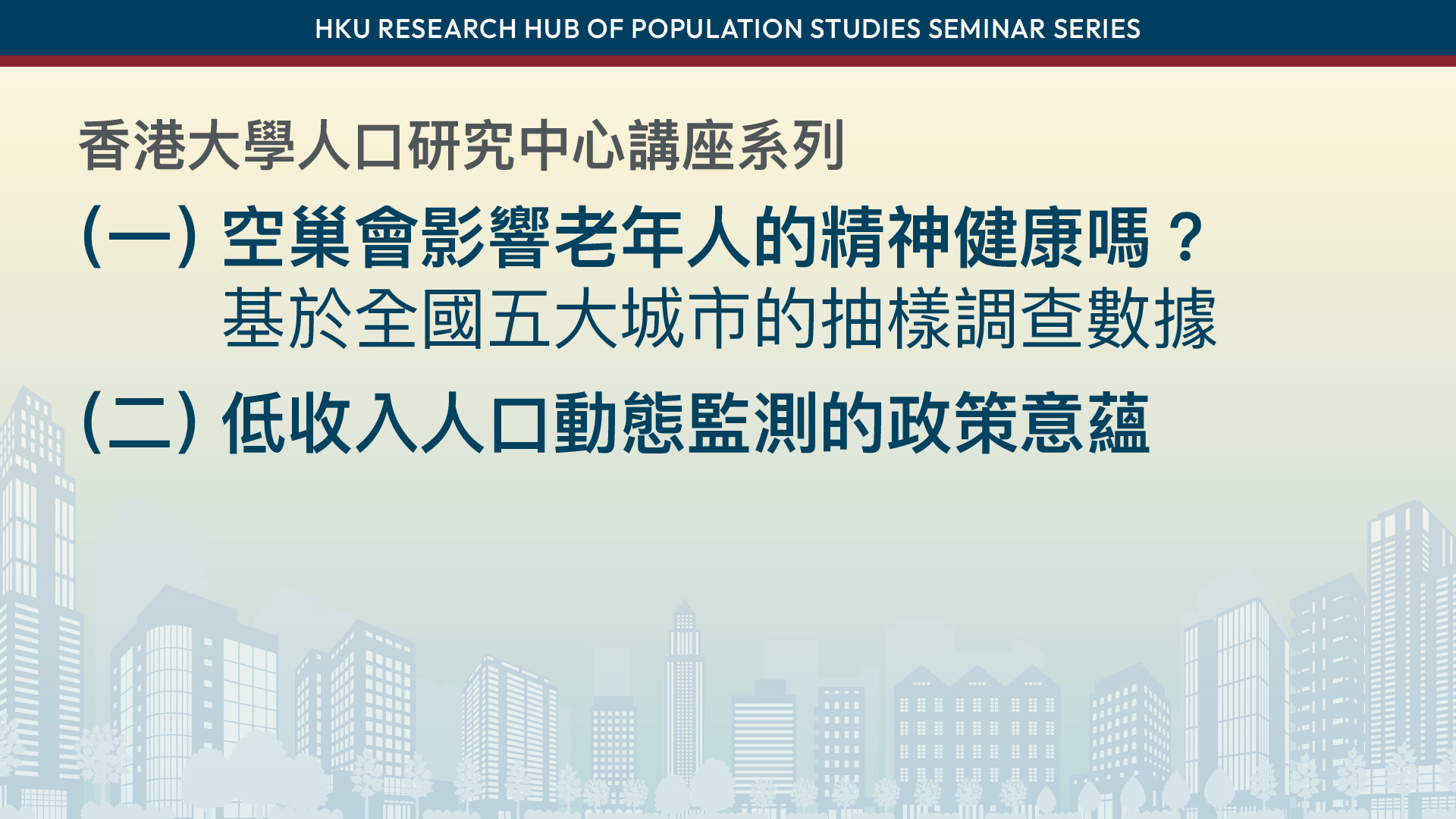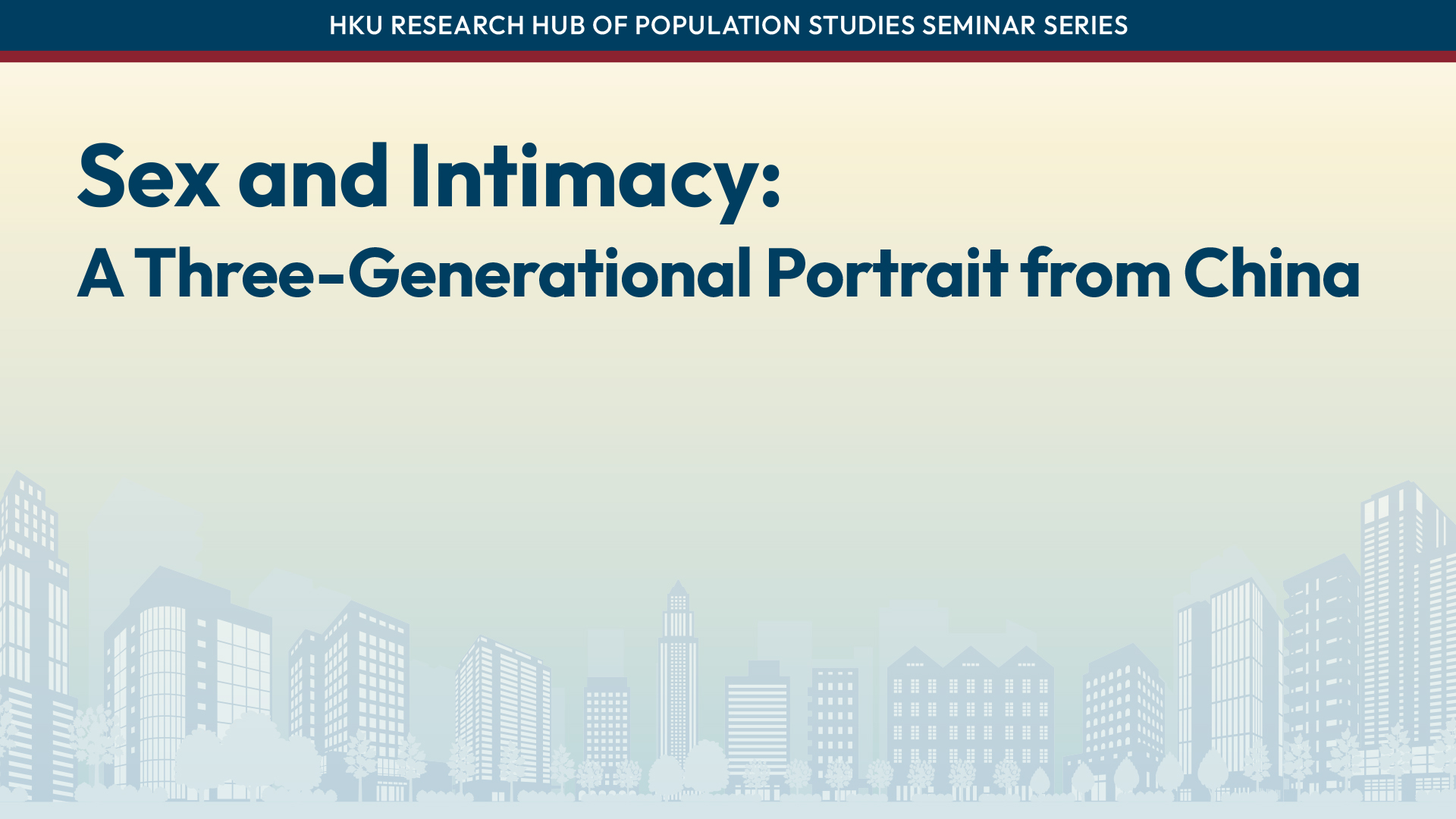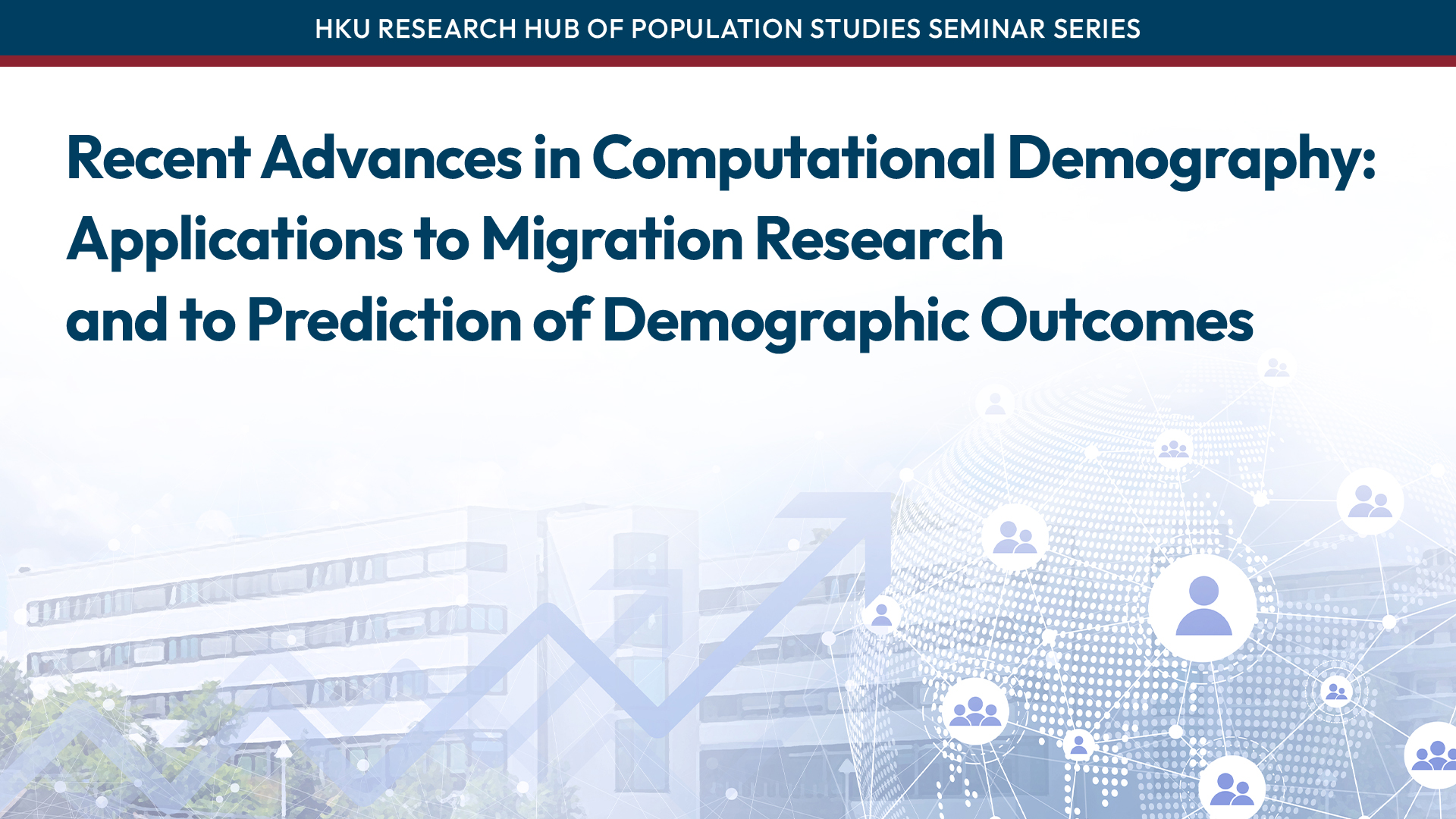January 30, 2024
3:30 – 5:00pm
I examine the net implications of social and economic differentials in mortality and fertility for population growth rates in northeast China in the 19th century. After reviewing key results from our Eurasia Project studies of patterns of demographic differentials in northeast China. I present a new framework for integrating originally separate results on differentials in mortality and fertility in estimates for the growth rates of population subgroups, and the shares of total population growth accounted for by each subgroup. This framework offers a new perspective on Malthusian questions about the relationships between social and economic conditions and population growth. For the analysis, I use an expanded version of the China Multigenerational Panel Dataset-Liaoning (CMGPD), which has also been publicly released at ICPSR. According to the results, population growth was faster in years of low grain prices, households with a larger labor capacity grew more quickly than smaller households, and larger lineages and villages also grew more quickly. I conclude with a discussion of how our framework can be used to assess the contribution of population subgroups to overall growth rates in other settings.



















